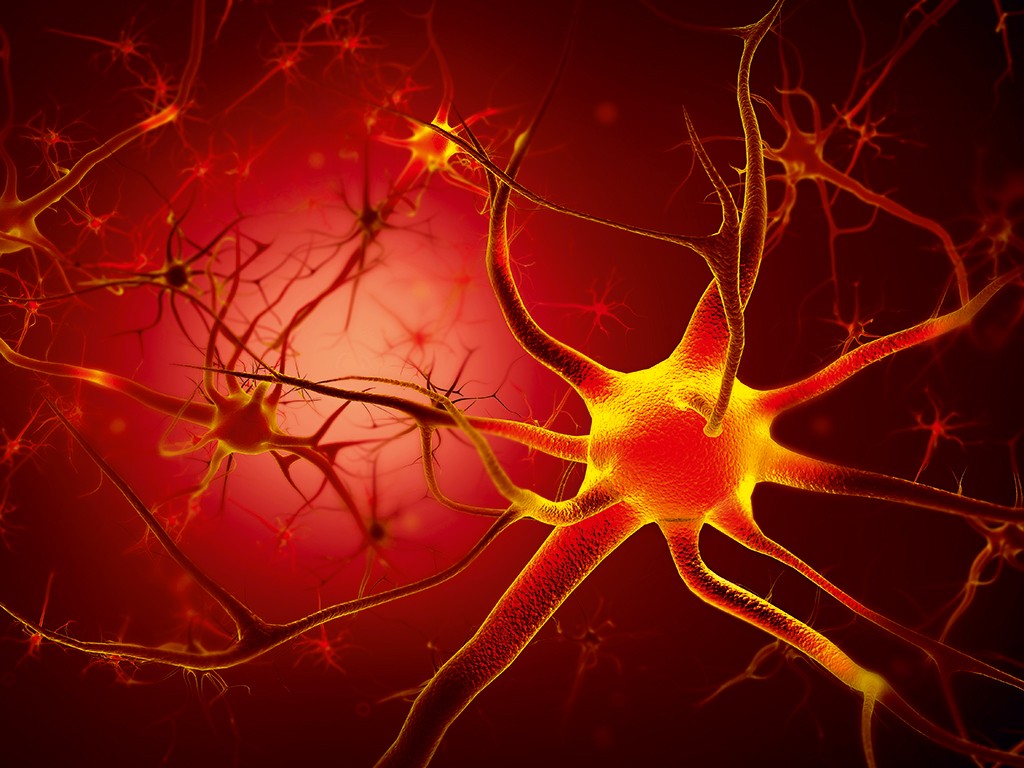Industries trade places
Facilitating economic growth is proving to be an arduous task for nations; yet moving trade obstructions could spark improvement
Facilitating economic growth is proving to be an arduous task for nations; yet moving trade obstructions could spark improvement
The global economy is experiencing a major growth challenge. Many advanced countries are attempting to revive sustainable growth in the face of a decelerating global economy. But the challenges across countries are not the same. In particular, the tradable and non-tradable parts of a range of economies differ in important ways.
In the non-tradable sector (60-70 percent of the economy in advanced countries), the main growth inhibitors are weak demand, as in the US following the financial crisis, and structural and competitive impediments to productivity, as in Japan. In the tradable sector, growth depends on a country’s productivity relative to incomes and competitiveness. At the global level, there can also be a shortage of aggregate demand on the tradable side.
The Nobel laureate economist Robert Solow has shown that growth comes from three sources: the working population, capital investment, and technological progress. A growing young population helps to maintain fiscal balance and ensure intergenerational equity, but it does not by itself increase incomes. On the other hand, economic growth below the sum of growth in the working population and the labour-saving part of technological change fuels unemployment.
Developing countries, once they enter rapid-growth mode, generate growth from capital deepening via investment – in a sense making up for past underinvestment. And it is possible for advanced countries to fall behind by under-investing, particularly in the public sector, relying instead on less sustainable debt-fuelled means of generating demand.
Splurge or save?
However, as Solow noted, investment has its limits, owing to diminishing marginal returns. Often, these limits are not binding, but, once capital deepening is exhausted, technological progress, which makes inputs more productive in creating final value, is the long-run driver of growth.
The challenge is to apply these insights in a world characterised by global economic interdependence, major imbalances, and a worsening growth and employment problem. It is a world in which economies are connected directly in the tradable sector of the global economy, and indirectly through the demand and employment linkages between the tradable and non-tradable sectors of individual economies. In the short run, the non-tradable sector is, by definition, subject to domestic-demand constraints. A shortfall in non-tradable demand inevitably limits growth on that side of the economy.
Governments can, of course, bridge the gap via deficit spending (preferably focused on employment-generating investment that enhances future growth). But the advanced countries are, to varying degrees, fiscally constrained by relatively high and rising public debt, largely owing to fiscal imbalances that were hidden from view until defective growth models broke down in the crisis of 2008.
Just how fiscally constrained these countries are remains debatable. Italy and Spain are clearly constrained by the absence of private capital in their respective sovereign-debt markets, with rising yields threatening their fiscal stability and reform programmes. They need the eurozone core and the International Monetary Fund as temporary lenders of last resort until they restore policy credibility and regain investors’ confidence. The US sovereign-debt market shows no similar evidence of having reached a limit yet. But bond markets do not issue many early warning signals: witness the sudden run-up of yields in Italy and Spain a year ago.
Narrowing constraints
The more complex growth issues have to do with the tradable part of the global economy, where global aggregate demand – and the derived demand that lands in various places in global supply or value-added chains – is the target of competition. Total demand and its growth do matter, but so does market share. Given the growth patterns across advanced and developing countries prior to the crisis, and then the large negative shock, it is likely that there is a shortfall of tradable global aggregate demand, impeding an important component of global growth.
But, for individual economies, relative productivity versus income levels determines the share of global tradable aggregate demand that is accessible. Unlike the non-tradable side of the economy, the domestic component of global tradable demand is not an absolute constraint on growth; nor is the rate of growth of global tradable demand an absolute constraint, given the possibility of increasing share.
Of course, not everyone can gain share at the same time. Fortunately, if countries increase productivity with the aim of boosting relative productivity and growth potential on the tradable side, this will increase incomes and accelerate the growth of global aggregate demand. It may look like a zero-sum game, but it is not.
When incomes get significantly out of line with productivity levels (as they have recently), reviving growth requires resetting the terms of trade, which can be done with exchange rates, whether managed or set by markets.
In the eurozone, where countries with competitiveness problems do not have the exchange-rate adjustment mechanism, restrained income growth and productivity-boosting reforms are probably needed, as was the case in Germany between 2000 and 2006, and now in several southern European countries.
Supplying opportunities
What is true for countries on the tradable side is also true for workers, who are differentially affected by the evolution of global supply chains. The efficient integration of global supply chains has created employment opportunities in developing countries and in the higher value-added sectors of advanced countries. But it has also reduced employment options for a subset of middle-income people in the tradable sectors of advanced economies.
Many countries are struggling to adapt their growth patterns to the new challenges they face in a slowing global economy. To be effective, policies need to include an accurate diagnosis of growth potential and impediments in both tradable and non-tradable parts of the economy. Focusing on one – say, the competitiveness problem in the tradable sector – to the exclusion of the other – perhaps a serious non-tradable demand shortfall or stagnant productivity – will not be enough.
(c) Project Syndicate 2012













